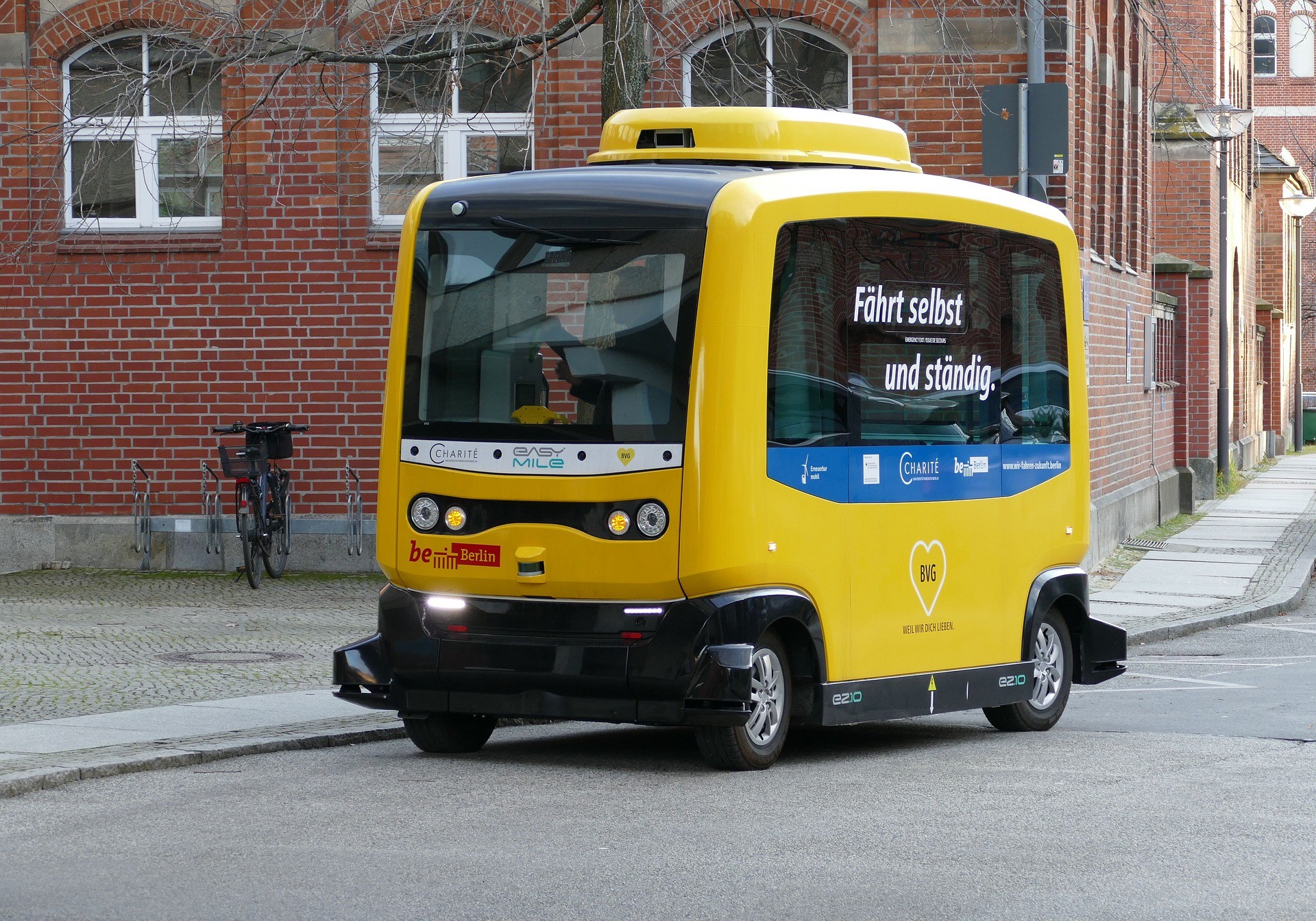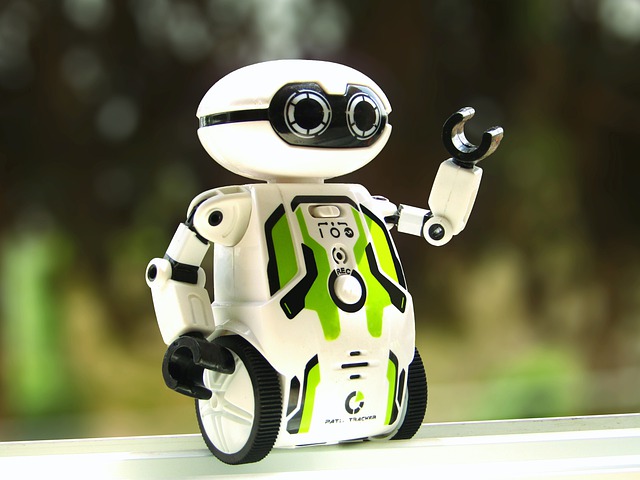Global warming has been a major concern for a while now, and nations have been trying to come up with countermeasures: some have been working while others have been falling flat on their faces. Clearing of forests to pave the way for development and the increase of population are not helping matters at all.
Among the many potential solutions that have been tried and tested, one that is generating a lot of hope is the use of robots. With their successful applications in other areas, they are now being seen as the solution that will finally put an end to the climate change problem.
Below are some of the most promising robot technologies being harnessed to fight climate change:
Recycling Robots
Recycling has been going on for years now, an operation that has primarily been run by people. The process, however, is a tad too inefficient. Having to separate plastic from paper, glass and other forms of trash take a lot of time when done by people: automation is the best way to hasten the whole process.
Dustbot, an Italian robot, collects all types of trash from homes and transports it to a recycling plant. Robots like this could be the only thing standing between a clean planet and a giant landfill in the future.
Monitoring and Fighting Wildfires
The world is just coming from witnessing one of the worst wildfires ever recorded in history. The fires in Australia razed through 18 million hectares of land and emitted over 400 megatons of carbon dioxide. Fires of this magnitude are beyond human capabilities. When fighting these fires, firemen are exposed to untold dangers, especially when they are using helicopters.
“Robots can not only help in extinguishing the fires but can also monitor hotspots in real-time thus giving people enough time to prepare.”
Firefighters can control huge drones remotely to transport extinguishing materials right into the heart of a fire. They are reducing deaths and injuries.
Agrobotics
Agrobotics are robots that are involved in agriculture. Farming involves a lot of work, from clearing the land to tilling, to planting, weeding, and finally harvesting. In between, there are a lot of chemicals and fertilizers that are used to increase the yield. There has been a lot of wastage in the handling of these materials.
Agrobotics, on the other hand, are able to analyze the land and the crops. They can know the exact amount of fertilizer or herbicides that are needed. This prevents the excessive use of these chemicals, which usually end up destroying the ecosystem.
Restoring Ocean Health
Human activities have rendered oceans almost inhabitable for some delicate marine species. Oil spills, in particular, have contributed to some of the biggest marine life losses in recent memory. The worst part of oil spills is that getting rid of it is almost impossible when conventional methods are used.
“To help oceans get cleaner more efficiently, some robots ingest microbes and convert that into energy.”
The robots can be set free into the ocean, where they roam for months cleaning and creating clean energy. Plans are already underway to create biodegradable robots in the future for this kind of work.
Self-Driving Electric Vehicles
Carbon emissions from fossil fuels are the leading contributor to global warming. The effects of climate change stand no chance of being reversed if vehicles continue using fossil fuels. Since cars are vital to our mobility, there is a need for a clean solution, and that came in the form of electric cars.

Self-driving electric vehicles use electricity for energy, making them ideal for a green world. Their development has been in the works for ages, and each year, improved versions are put on the road. It is estimated that by 2040, more than half of the new cars being produced will be electric cars.
Working in Hazardous Environments
In the aftermath of the Chernobyl incident, the whole area became uninhabitable for humans. Rather than leave the radiation to fester, decontamination is necessary for the sake of the surrounding environments. Being risky for humans, robots are the only things that can handle this kind of job.
There are many types of tough robots that are built to be highly resistant to radioactivity and other harsh environments. These robots are used in coal mines, in fire-fighting, disarming of mines, and many other risky jobs. By handling these tasks, they keep humans and the surrounding environment safe.
Benefits of Green Robots
Green robots are getting involved more and more in our fight to save the planet. They have several advantages that make them ideal solutions against environmental degradation. The benefits include:
- They are able to handle the hard tasks that would otherwise be dangerous for people. By doing this, many lives are spared from death and serious injuries.
- Robots do not get tired. Ocean cleaning robots, for example, can go for months without stopping. Using the energy that they generate. This is not only cost-effective and efficient but also safe for marine life.
- Robots can be controlled remotely. This reduces the need to have too many hands on deck, all that is needed is a handful of experts, thus reducing the wage cost. A reduced wage cost means that there are more funds available for more research.
- Robots are economical and precise. They do not expend unnecessary energy during their operation. They utilize everything they have to optimum levels, which means they emit the least amount of greenhouse gases.
Conclusion
Saving the environment is an ongoing battle that has no end in sight. The deployment of robots to deal with climate change, however, is a step in the right direction. There are obstacles in the way, of course: the technology is not yet refined to the levels needed.
For a more comprehensive insight into robots and how they work, visit evsint.com and get top-notch information from the best industrial robot manufacturers in the market.
Also Read: Future of Robotics in Domestic Field











